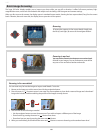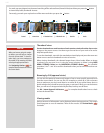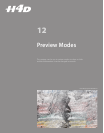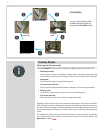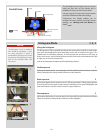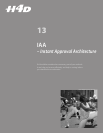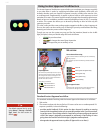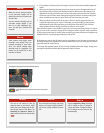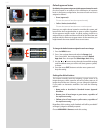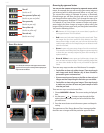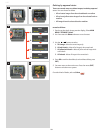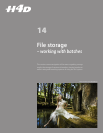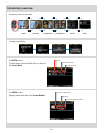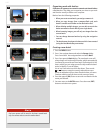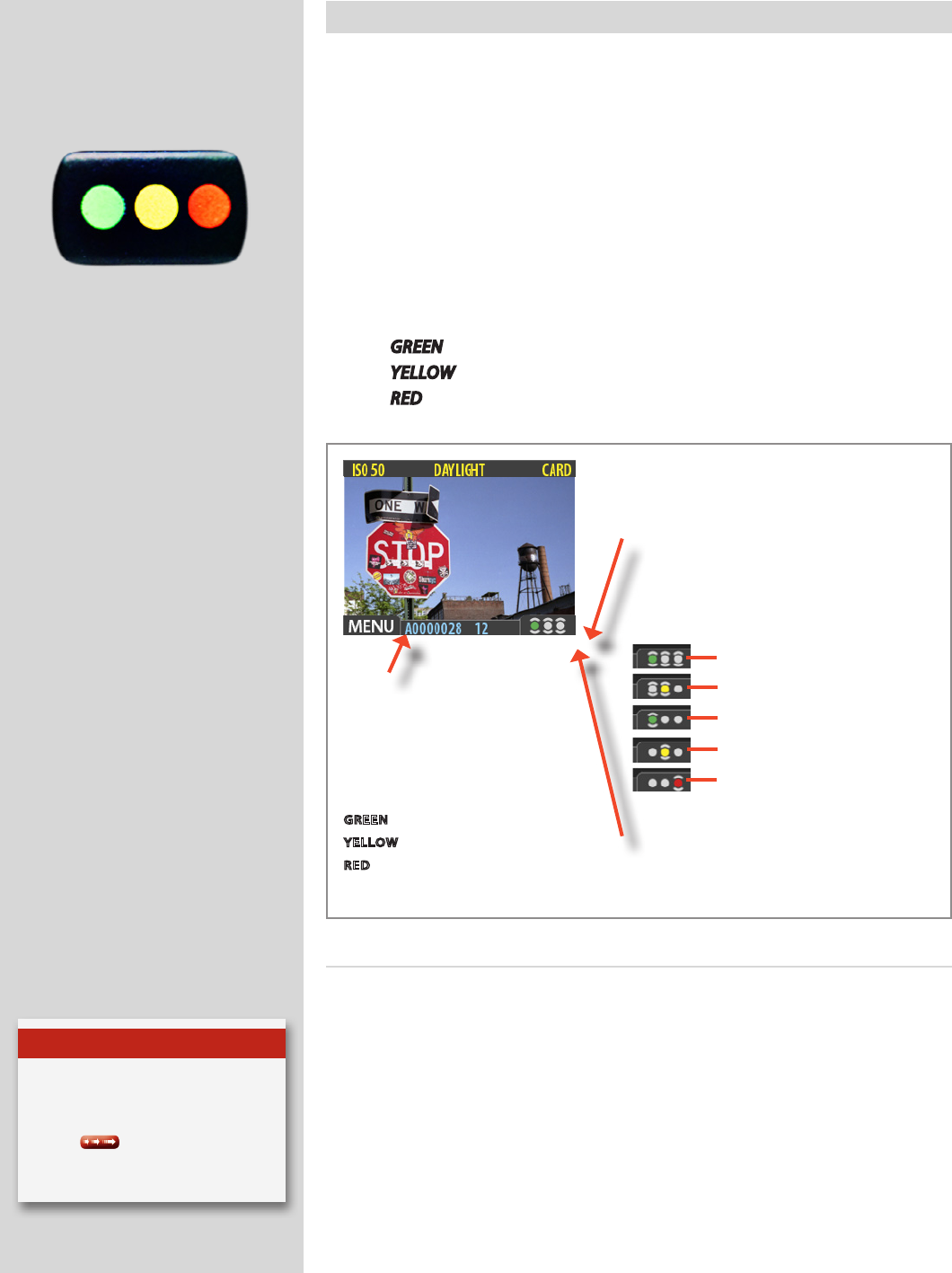
75
H4D
Using Instant Approval Architecture
The Instant Approval Architecture system helps you to evaluate your images as quickly
as you take them. It works by supplying immediate audio feedback, which tells you
instantly whether each new capture is exposed correctly or likely to be rated as over-
or underexposed. Simultaneously, it applies a colored code to each capture as a visual
reminder of its status. This status can be manually changed when browsing either imme-
diately or later on. In addition, each le named is prexed by a letter (A, B or C) according
to status. This system also allows you to browse by ltering to show or hide only the
captures you want.
The color coding and the name coding remains tagged to the le so when it appears in
Phocus, the status can be used by way of ltering to speed up and facilitate the ling,
browsing and selection process at that stage too.
Though you can use the system any way you like, the intention (based on the ‘trac
light’ principle) is that you should assign the levels as follows:
• GREEN for your best shots.
•
YELLOW for images that need closer inspection.
•
RED for images that you are unlikely to use.
Tip
The default approval level is set by
going: Menu > Storage > Default
Appr Level. See later section for
details .
Capture le name
File names are prexed by a letter to repre-
sent the current approval status. This letter
will change if the status is changed. In this
example the capture is green so therefore
the le name starts with 'A'.
The coding is as follows:
GREEN files start with 'A'
YELLOW files start with 'B'
RED files start with 'C'
StandardInstantApprovalworkow
The standard method of working with the Instant Approval Architecture is as follows:
1. Take a shot.
2. The camera analyses the shot to nd out if it seems to be over- or underexposed. If it
suspects a problem, it does the following:
• provides audio feedback(ifthisoptionhas beenchosen)bymakingawarning
sound,whichimmediatelyalertsyoutoapossibleproblemevenifyouarenotlook-
ing at the screen. The warning sound is a rapid string of notes going up the musical
scale if the image is judged as overexposed or conversely a rapid string of notes
going down the musical scale if the image is judged as underexposed.
• downgradestheapprovalstatustoyellow(ifApprovalissetto‘Auto’).
Current approval status
A coloured dot represents the current approval status.
The colour will change if the status is changed.
Current browse lter setting
Faster and more eective browsing can be achieved by
ltering captures.
The 'brackets' represent the ltering method selected
as follows:
IAA overview
Show all
Show green and yellow only
Show green only
Show yellow only
Show red only




